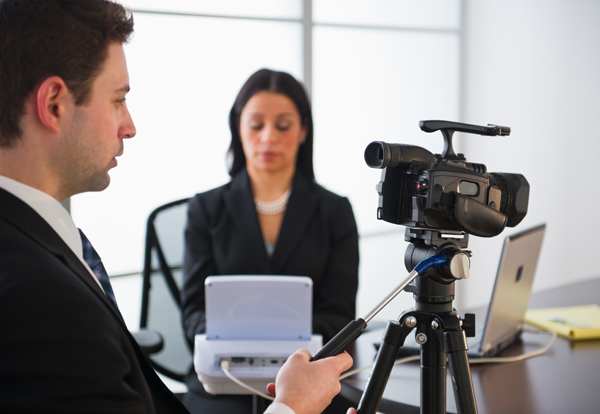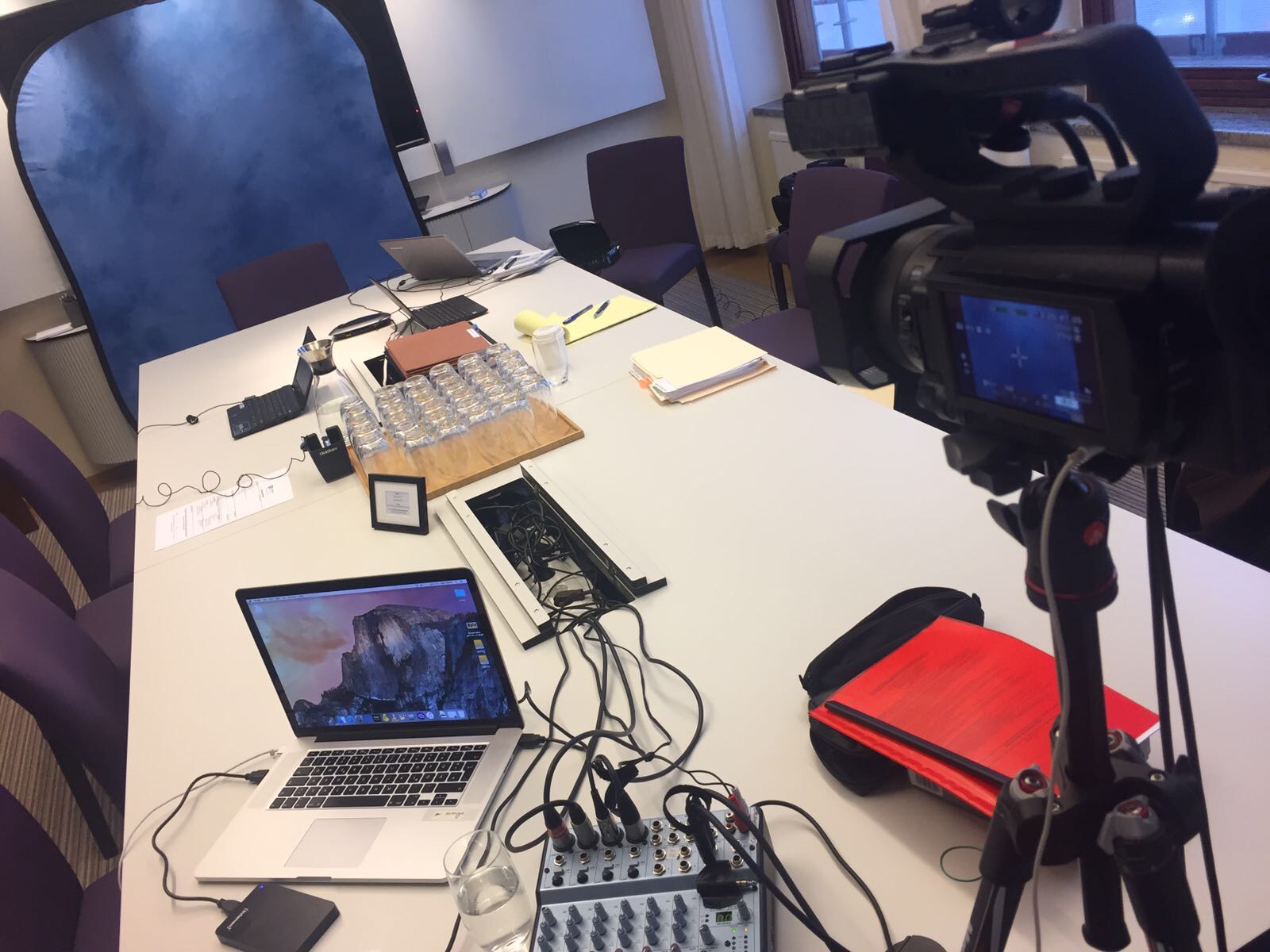How Legal Videography Enhances Courtroom Presentations and Evidence
How Legal Videography Enhances Courtroom Presentations and Evidence
Blog Article
Exploring the Systems of Lawful Videography: Unveiling Its Operation in Safeguarding Genuine Aesthetic Testament for Judicial Procedures
In the world of judicial procedures, the duty of legal videography stands as a keystone in protecting and offering visual evidence. As innovation proceeds to advancement, the devices behind legal videography have actually become progressively intricate, using an essential layer of credibility to testimonies caught on video clip.
Historical Development of Lawful Videography
Analyzing the historic development of legal videography exposes a considerable transformation in the catching and discussion of aesthetic proof within the legal landscape. In the past, legal procedures greatly relied upon composed pictures and transcripts to document events and supply proof. Nonetheless, with the introduction of video innovation, the lawful sector witnessed a paradigm shift in exactly how visual statement was recorded and offered.
The evolution of legal videography can be traced back to the late 20th century when developments in video recording devices made it a lot more easily accessible for usage in court rooms. This technical innovation not just boosted the accuracy and integrity of visual evidence but also revolutionized the way instances were offered to courts and courts (Legal Videography). Attorneys started to identify the convincing power of video recordings in conveying feelings, subtleties, and non-verbal signs that written records or pictures alone could not record properly

Innovation Improvements in Video Clip Documentation
What essential technical developments have revolutionized video clip documentation in the legal area? The legal area has seen substantial developments in video clip documentation modern technology that have improved the credibility and dependability of aesthetic evidence in judicial procedures.
In addition, developments in video clip file encryption and watermarking technologies have strengthened the security and tamper-proof nature of video clip proof, protecting it versus unapproved alterations or tampering. The arrival of cloud storage services and remote gain access to capacities has structured the storage space, access, and sharing of video clip proof, facilitating seamless collaboration among legal professionals and guaranteeing effective access to important aesthetic testaments when required. These technical improvements in video clip paperwork have actually most certainly changed the lawful area, improving the accuracy, trustworthiness, and admissibility of visual evidence in judicial proceedings.
Role of Lawful Videographers in Court Room Setups
The evolution of video clip documents innovation in the legal area has actually necessitated an essential duty for lawful videographers in courtroom settings, making sure the honesty and integrity of visual testimonies provided during judicial proceedings. Lawful videographers play an essential role in recording and maintaining precise visual proof that can be pivotal in litigation. Their responsibility encompasses establishing tools, tape-recording procedures, and creating top quality video clips that precisely mirror the occasions in the courtroom.
In addition, legal videographers usually function closely with legal groups to ensure that the video evidence aligns with the situation's demands and can be effectively presented in court to support the legal arguments being made. Generally, the duty of lawful videographers in courtroom setups is essential in maintaining the principles of justice and guaranteeing the transparency of legal process. Legal Videography.

Ensuring Admissibility and Integrity of Video Clip Evidence
To preserve the reputation of visual proof offered in legal procedures, making sure the admissibility and honesty of video evidence is an important duty for legal videographers. Admissibility refers to the acceptance of evidence by the court, and for video clip proof to be permissible, it must meet specific requirements. Lawful videographers play a critical role in ensuring that the videos they capture follow the policies of proof, such as importance, credibility, and integrity.
Honesty of video clip proof includes preserving the originality and accuracy of the footage from the time it is recorded till it exists in court. This consists of safely keeping the video files, recording the chain of custody, and preventing any kind of meddling or modifications. click for info Legal videographers must stick to rigorous procedures to guarantee the integrity of the video proof and stop any challenges to its credibility.
Future Trends in Legal Videography
Provided the enhancing reliance on modern technology in legal proceedings, lawful videographers are poised to embrace cutting-edge improvements shaping the future of visual testimony capture and presentation. One of the famous fads imminent is the assimilation of online truth (VR) and augmented truth (AR) innovations into legal videography. These modern technologies have the prospective to reinvent exactly how aesthetic evidence exists in courts, enabling courts and courts to submerse themselves in the scene of the crime or occurrence.
Furthermore, visit this web-site using expert system (AI) algorithms for video clip evaluation is anticipated to simplify the procedure of assessing and assessing large amounts of video clip footage. AI can aid in recognizing crucial moments, anomalies, and patterns within videos, enhancing the effectiveness of lawful investigations.

Final Thought
To conclude, lawful videography has played a crucial function in giving genuine aesthetic evidence for judicial process. With technological improvements and the experience of legal videographers, the integrity and admissibility of video proof are guaranteed in courtroom setups. As legal videography remains to develop, it will be vital to copyright requirements that preserve the accuracy and dependability of visual statement for you could look here the future of lawful procedures.
Analyzing the historical progression of lawful videography exposes a considerable transformation in the recording and presentation of aesthetic proof within the legal landscape.The evolution of video documentation modern technology in the lawful field has required a crucial duty for lawful videographers in court setups, making certain the honesty and reliability of visual testaments presented throughout judicial process. Additionally, lawful videographers often function closely with legal groups to make sure that the video clip evidence straightens with the situation's requirements and can be properly offered in court to support the lawful debates being made.To maintain the reputation of visual evidence offered in lawful procedures, making certain the admissibility and integrity of video evidence is an essential obligation for legal videographers. As legal videography continues to advance, it will certainly be vital to support requirements that maintain the accuracy and reliability of aesthetic testimony for the future of legal process.
Report this page